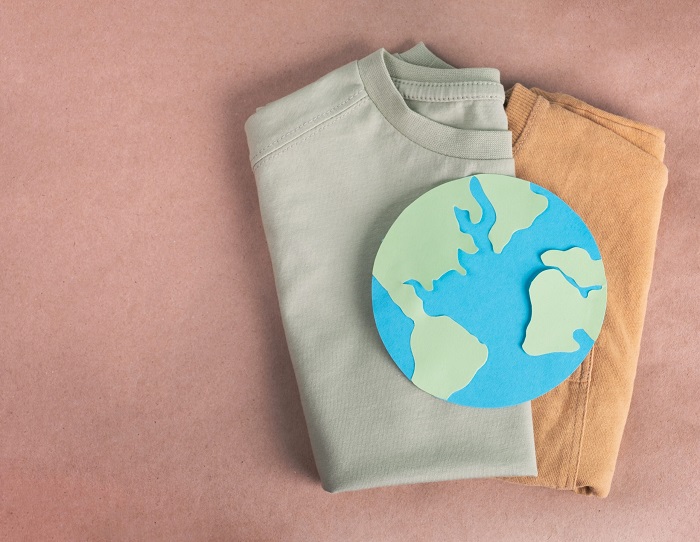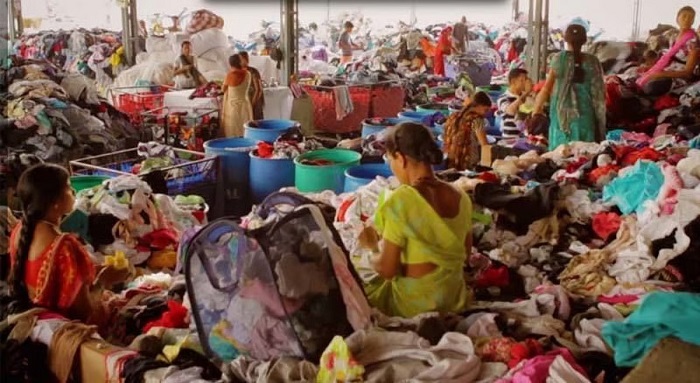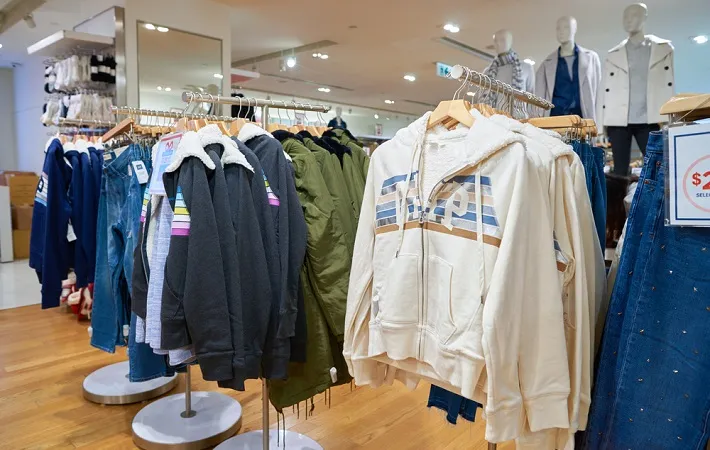"The ‘State of Fashion Report’, co-published by McKinsey & Company and Business of Fashion, dubs 2019 as a year of awakening as companies will pioneer new innovations in automation and AI, disrupting themselves before others do it for them. The report 10 key trends that will define the fashion agenda in 2019 includes: Worsening economic conditions: According to McKinsey, the uncertainty that."
 The ‘State of Fashion Report’, co-published by McKinsey & Company and Business of Fashion, dubs 2019 as a year of awakening as companies will pioneer new innovations in automation and AI, disrupting themselves before others do it for them. The report 10 key trends that will define the fashion agenda in 2019 includes:
The ‘State of Fashion Report’, co-published by McKinsey & Company and Business of Fashion, dubs 2019 as a year of awakening as companies will pioneer new innovations in automation and AI, disrupting themselves before others do it for them. The report 10 key trends that will define the fashion agenda in 2019 includes:
Worsening economic conditions: According to McKinsey, the uncertainty that plagued 2018 is likely to further dampen global economic growth in the year ahead. Already, global growth is showing signs of plateau after averaging above 2.5 percent since the financial crisis, US interest rates are rising, increasing the cost of borrowing money for both companies and consumers, and Europe could see a tightening of the monetary policy, which might lead to slower economic growth.
India to be a growth centre: The report suggests, “India will be global growth centre in 2019. Economic growth in India is expected at 8 per cent a year between 2018 and 2022, while the country’s middle class is forecast to expand 19.4 per cent, outpacing China, Mexico, and Brazil.
Global growth axis to change: Apparel trade could be reshaped by new barriers, trade tensions, and uncertainty. However, there may be new opportunities from growing South-South trade and the renegotiation of trade agreements. Trade within the region is expected to increase from roughly 25 per cent of global trade at present to closer to 30 per cent by 2030, McKinsey noted.
there may be new opportunities from growing South-South trade and the renegotiation of trade agreements. Trade within the region is expected to increase from roughly 25 per cent of global trade at present to closer to 30 per cent by 2030, McKinsey noted.
Emerging methods of products’ access: Today’s consumers seek innovative, sustainable and affordable products. To achieve many brands are resorting to resale and rental Consumers are shifting away from traditional ownership to newer ways in which to access product.
Brands becoming increasingly eco-aware: Nine in ten Generation Z consumers believe companies have a responsibility to address environmental and social issues. They increasingly back their beliefs by favoring brands that are aligned with their values and avoiding those that don’t.
New technologies for acquiring new styles: According to McKinsey, majority of fashion players in 2019 will integrate commerce functionality into social media besides integrating visual recognition tools into day-to-day shopping for the average consumer.
Increasing transparency in brand operations: Ongoing data breaches at apparel companies have fueled a rising distrust that brands and retailers will need to counter. They’ll need to ramp up transparency, in many cases, as McKinsey explained, by specifying costs of materials, labor, transport, duties, and mark-up—a level of ‘radical’ transparency that has helped fuel success for companies like Everlane.
Self disruption emerges as a major norm: The McKinsey report states that technology and social media are enabling a new breed of ‘challenger’ brands that disrupt a sector or category where incumbent players have rested on their laurels. To compete and stay relevant among demanding young consumers, traditional brands are disrupting their own brands, offerings, and business models.
Brands to provide value added services: E-commerce players will continue to innovate by adding profitable value-added services either through acquisitions, investments or internal R&D. They will strengthen their lead over those remaining pure players who rely solely on retail margins and existing offerings.
Delivering on-demand: In 2019 more companies will step out to deliver on on-demand as many a startup in the space has already done. This will result in increase in just-in-time production, reduce levels of overstock and increase importance of small-batch production cycle.











